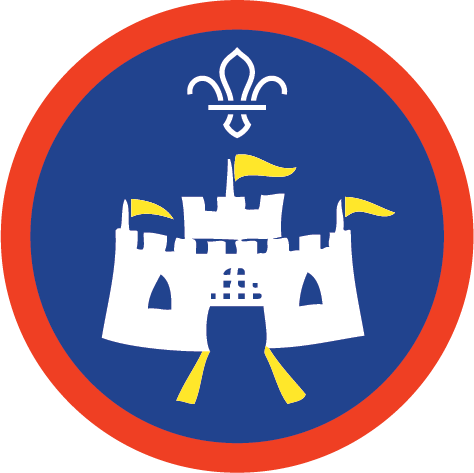National knowledge
You’ll need
- Pens or pencils
- Scrap paper
- Tables
- Chairs
- UK road map
- Timetables
Before you begin
- Find timetables for buses and trains from your local stations. You should be able to find them online or at the stations and stops themselves.
- Make a list of destinations for groups to reach. Some destinations should be local (for example, local landmarks or places of interest) and others should be spread out across the UK (for example, airports, train stations, and cities). Include links from local destinations to motorways and A-roads.
Set up the debate
- Split everyone into three groups.
- Explain that this activity involves a ‘healthy debate’, where each group presents their findings and discusses all the options to try to agree on a conclusion.
- Everyone should work together to set some guidelines for their debate. How will they stop it becoming negative? How should it go? How should everyone behave?
Plan the route
- Give each group a starting point, a destination, and a mode of transport. One group should have ‘car’, another ‘train’ and another ‘bus and plane’.
- Each group should plan a route from the starting point to the destination using their mode of transport. They should keep track of their route – depending on the resources they have, they could draw it on scrap paper or mark it on the map (if they can rub it off later).
- Make sure every group prepares some supporting information about why their mode of transport is the best way to get from their starting point to their destination. We’ve included a list of things to consider below.
Just like in a real debate, some people may have to argue for a side they don’t totally agree with. There are positives for each mode of transport, though.
- Time. Is it a fast way to travel, or does it take ages?
- Money. Is it cheap or expensive?
- Distance. Does it work well for a journey of this length?
- Reachable. How will you get to the final destination? Can it take you close by?
- Mood. Will your journey be relaxing or stressful?
- Waiting times. Will you have to wait a long time for anything?
- Roads. If you’re using roads, will you use big motorways or quieter B roads?
- Environmental impact. How eco-friendly is your method of travel?
- Accessibility. How accessible is your method of travel for people with additional needs? You could think about how it might work for people who use wheelchairs or autistic people, for example. You may need to do some research – most airlines and train companies have access information on their websites.
- Reliability. Are you likely to have any issues or delays?
Support your route
- Remind everyone of the guidelines and then start the debate.
- Each group should take it in turns to show their route and share why it’s great. Give everyone the opportunity to ask questions and share their points of view.
- Try to come to a conclusion as a whole group. It’s OK if it’s not simple – perhaps the conclusion is that the best mode of transport depends on the journey or the person making it!
- If people want to, they could repeat the activity and swap the modes of transport with another group and swap the destinations too.
Reflection
This activity needed everyone to respect others. Was it easy to value people’s opinions while disagreeing? How did people make sure their debates stayed respectful? When else might people need to respect people who think differently?
This activity was also about communicating. How did the debate go? Was debating in this way a good idea? Did people find it easy to express their views and explain their reasoning? How did people communicate as they tried to find a conclusion?
Safety
All activities must be safely managed. You must complete a thorough risk assessment and take appropriate steps to reduce risk. Use the safety checklist to help you plan and risk assess your activity. Always get approval for the activity, and have suitable supervision and an InTouch process.
- It’s OK if some people don’t want to talk in front of everyone – they can still help prepare for the debate. If they want to take part without speaking, they could draw the route or hold things up.
- If people struggle with reading or writing, others in their group could take on these roles. Everything can be discussed, so they should still be able to join in.
All Scout activities should be inclusive and accessible.
Anyone who really enjoyed this activity might want to look into debating. Is there a team in their school or local area?
People could choose the destinations, starting points, and modes of transport for the debates. They can also shape their own debates.

